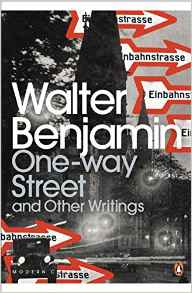My Tutor’s feedback was very good! He liked my work!
Shaun Mullins – 512659 – Photography 1 Context & Narrative – Assignment 3 (1)
I went on holiday and had to wait until my return before I knew what he thought of my work and if I had to re-do any of it.
I was happy to learn that my assignment had been successful with only advisories that he suggested that I could do to improve the pictures.
I had complained that I could not obtain a true black-and-white with my Canon printer and that Canon was unable to help as they will always use the colours in the mix even for grey-scale only images; so Clive my Tutor has suggested that I deliberately add a colour cast similar in practice to Ansel Adams. Clive suggests using a slight blue purple hint to the images and advised that this could be achieved using the Black-and-White feature in the Layers and ticking tint and clicking on the tint box to bring up the colour menu. Type 257 as the value for Hue and 3% for saturation.
He also suggested some adjustments in Levels to improve the images.
Image 1# for example, Clive suggests that I darken the bottom left corner in order to prevent drawing the eye towards it.
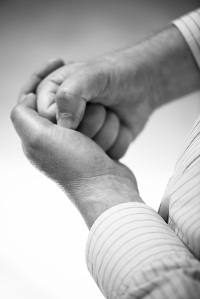

This is my new version which I hope is closer to Clive’s idea.

This again needed more work, Clive notice a dark line at the top right of the image that I had missed and I wasn’t happy with the cross that I wanted in the image, it was too faint.

This is with the new adjustments made in Photoshop using the cloning tool and the dodge-and-burn tool.
This next image Clive suggested the shadow behind Sarah should be softened for better separation.

He is right of course and I think that this is a better version.
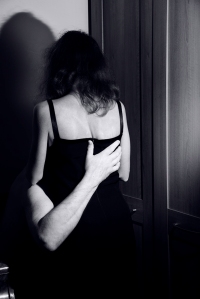
Image 4# was a little too dark.

This is the new adjustment.

This was not my favourite image and I have struggled to improve it as Clive suggests. I need more Photoshop experience.
Image 5# Clive complains that the composition is too tight with the edge of the box too close to the edge.
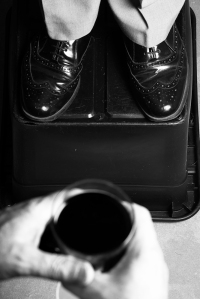

Unfortunately I do not have anther photo that offers more space and this would require reshooting; so all I can do is add the tint.
Image 6# Clive complained was too dark.

I hope that this is an improvement.

Adjustments made in Photoshop, Layers, Levels.
Image 7# This image Clive felt was okay.


I have just altered the tint.
Image 8# Clive suggested that the background was similar in tone to the hands.
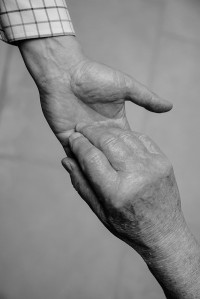
This is my new version.

The last image that Clive critiqued was both for composition and exposure. My hand should be more central and the focus of the picture and my shoulder is too bright, so drawing the eye away from the subject.
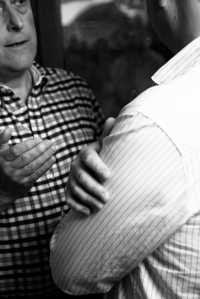
My solution was to choose another image and make some adjustments in curves in Lightroom before finishing in Photoshop.

This I hope is better.





